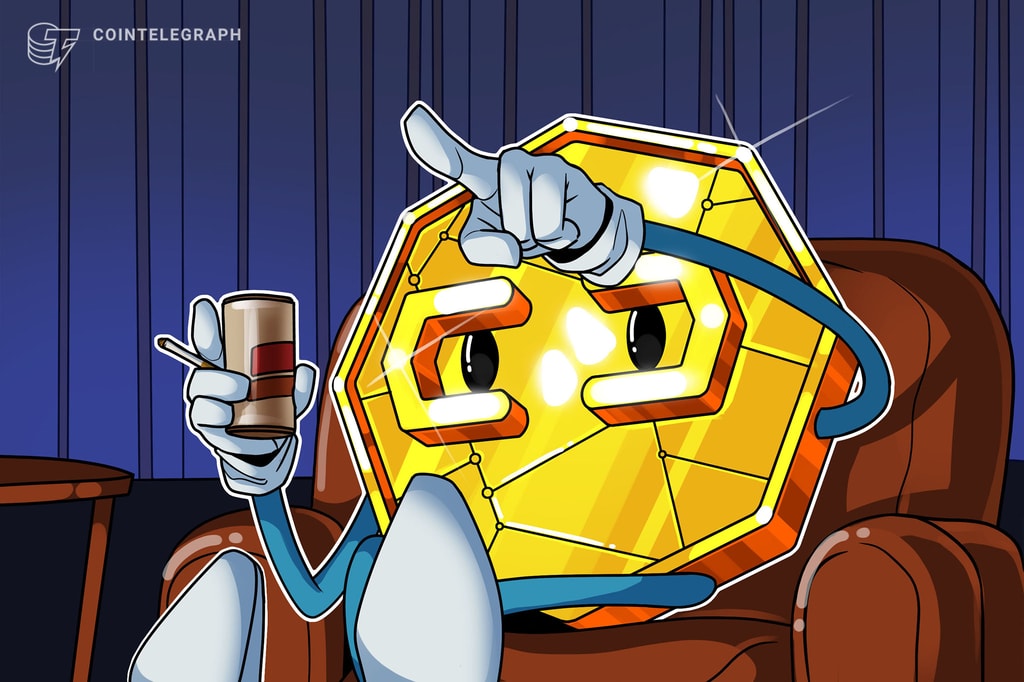The topic of memecoins’ security and dependability as a medium of exchange remains a hotly debated topic in the world of cryptocurrency. While memecoins are considered safe and decentralized by some, their volatility and lack of oversight concern others.
Proponents of memecoins argue that their decentralized nature gives users more control over their money and protects them from fraud and theft. Additionally, memecoins use blockchain technology to ensure that transactions are securely recorded on a decentralized ledger, making them resistant to hacking and manipulation.
The Role of Governments and Central Banks
Traditional currencies are supported by governments and central banks that implement measures to maintain stability, control inflation, and ensure the integrity of the financial system. However, memecoins are more vulnerable to increased volatility and market manipulation due to their decentralized structure and lack of governmental oversight.
The unpredictability of memecoins’ prices is a source of worry, making them less trustworthy as a medium of exchange or store of value. However, appropriate regulations can help mitigate these risks and improve the security and dependability of memecoins as a medium of exchange.
Balancing Regulation and Innovation
Finding the right balance between regulation and innovation is crucial. Overregulation can stifle creativity and hinder the growth of the memecoin ecosystem, while inadequate regulation can leave memecoins vulnerable to fraud and manipulation.
It is essential to establish a legal framework that addresses concerns while fostering innovation to ensure that memecoins are safe and reliable over the long term. This will make them a practical form of currency that can be used with confidence by individuals and businesses alike.

